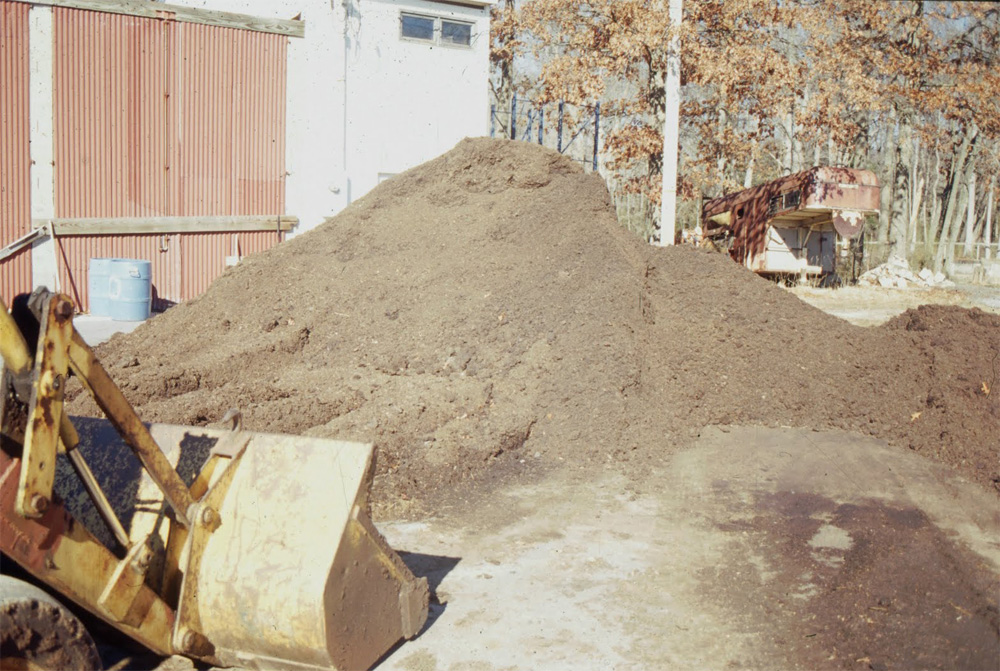Using manure and compost creates more diversity in the soil which is better for plants than traditional hard wood mulches and fertilizer programs.
It’s commonly known the many benefits of hard wood mulches such as moisture retention, moderating soil temperatures, and weed suppression; however, one of the guiding principles to good landscape health is diversity. A diverse landscape is one with various types of plant material that attract different forms of wildlife.
Below ground we want to employ the principle of diversity with the existing soil microorganisms. There are countless decomposers in the soil like fungi, bacteria, earth worms, and arthropods that create an environment that helps sustain plants. These diverse players also build healthy sustainable landscape environments.
Traditionally, landscape professionals and homeowners have been applying a hardwood chip mulch. These materials have a high Carbon to Nitrogen (C:N) ratio -about (100:1). The decomposers described earlier that have a great impact on plant health require carbon and nitrogen as a food source to survive. Plants also need carbon and nitrogen to survive. The decomposing organisms or microbes break down organic forms of nitrogen (mulches, compost) to make it available to the plants. Materials with high C:N ratios do not contain enough nitrogen to fully support microbial growth. Hence, microorganisms rob available soil nitrogen from plants in order to break down mulch. This leads to plant nitrogen deficiency, and nitrogen is the main element necessary for plant growth.
Conversely, compost (yard waste, manure) has a very low C:N ratio. Far less carbon to nitrogen – about (30:1). The lower C:N ratio of compost contains more nitrogen than is required to support microbial activity; therefore making more nitrogen available to the plants.
Diversity occurs by incorporating compost into the soil system, which attracts different decomposers than you find in hardwood mulches; thus reducing the traditional need for fertilizers and chemical treatments of properties. It is these new microbial players that provide the different nutrients needed in the landscape. Nutrients that, in the past, have been provided by commercial means. It is important to remember that diversity leads to stability.
For a great source of compost go to http://www.rt34landscape.com


Add Comment